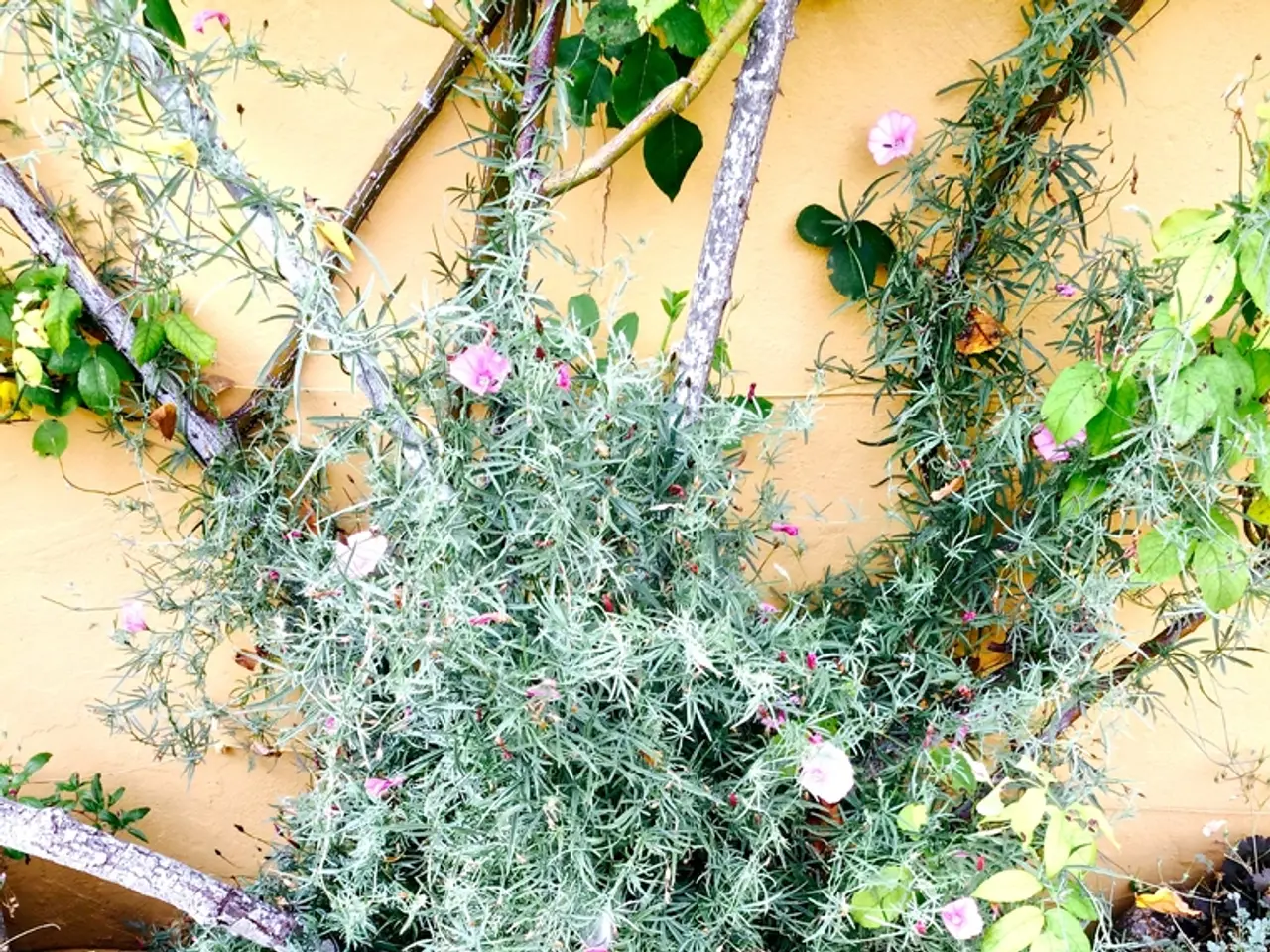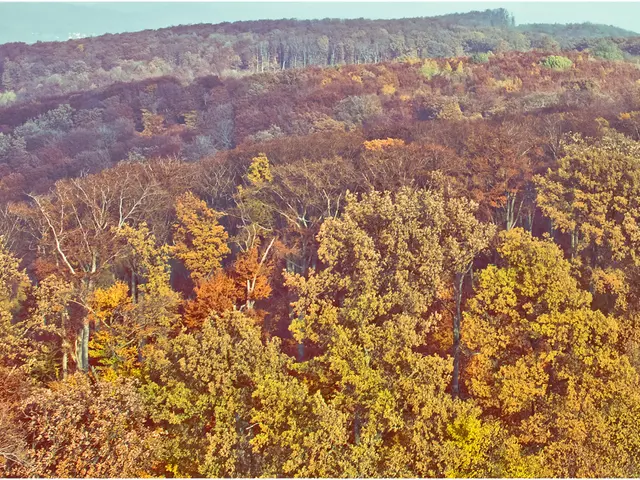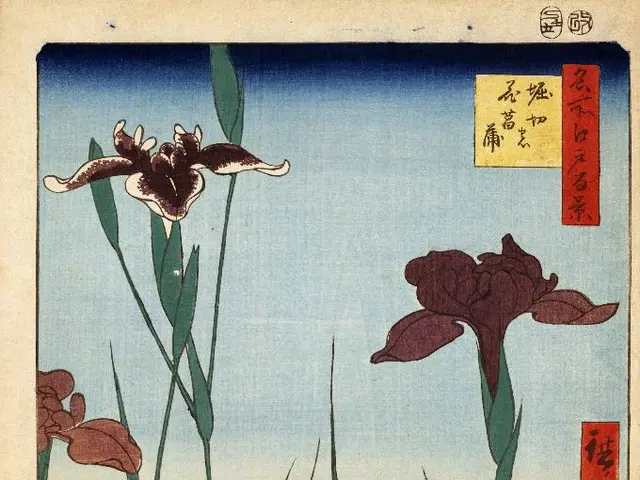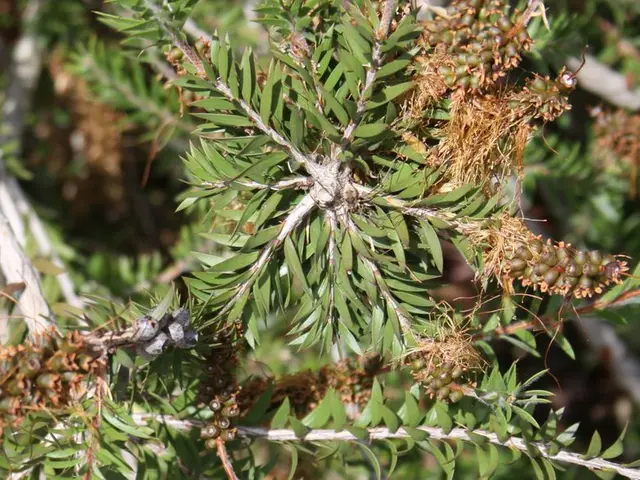Avoid Pruning These Fall Perennials: Hold Off on Pruning Until Spring for These 7 Plants
Spring is in the air, and with it comes the perfect opportunity to tend to your garden. But when it comes to pruning, knowing the right time for each plant is crucial. Here's a guide to help you navigate the pruning process for some popular spring bloomers and evergreens.
Rhododendrons and azaleas, early-flowering shrubs that belong to the Rhododendron genus, should be pruned immediately after they finish blooming. Pruning at this time allows the plant to set buds on new growth for next year’s flowers. Avoid pruning in late summer, fall, or winter to prevent cutting off flower buds and to reduce vulnerability to pests.
Forsythia, another spring staple, blooms on old wood as well and should be pruned immediately after flowering in spring to avoid cutting off next year’s flower buds.
Oakleaf hydrangea, a North American native shrub with oak-shaped leaves and pretty flower panicles that change from white to pink throughout the summer, is similar to other hydrangeas that flower on old wood. Prune right after flowering to avoid reducing blooms the following year.
Fruit trees, such as apple, pear, and cherry, should be pruned in late winter or early spring, before new growth begins. This encourages healthy growth and fruit production. Remove dead, diseased, or crossing branches at this time.
Russian sage, a drought-tolerant perennial that blooms in summer and fall, benefits from cutting back hard in early spring before new growth begins, to encourage fresh stems and abundant flowering in summer.
Coneflowers, native perennials that attract wildlife, should not be trimmed in the fall, as the seedheads provide food for birds and increase chances of self-seeding. Light pruning or deadheading can be done through the growing season to encourage reblooming. Hard pruning to tidy up can be done in early spring before growth starts.
Milkweed, an essential plant for supporting monarch butterfly caterpillars and other beneficial species and pollinators, should be pruned or cut back in early spring to control size and promote healthy new growth. Wear gloves and eye protection as the plant's sap can be irritating.
In summary, for most spring-flowering shrubs like rhododendrons, forsythia, and oakleaf hydrangea, prune immediately after flowering to protect next year’s blooms. For deciduous fruit trees, Russian sage, coneflower, and milkweed, prune in late winter or early spring before new growth begins. This timing ensures healthy plants and maximizes flowering and fruiting potential.
Remember, every plant is unique, so always research the specific pruning needs of your garden's inhabitants. Happy pruning!
After blooming, prune rhododendrons, forsythia, and oakleaf hydrangea immediately to allow for next year's flowers. For deciduous fruit trees, Russian sage, coneflower, and milkweed, prune in late winter or early spring before new growth begins for optimal health and blooming.








